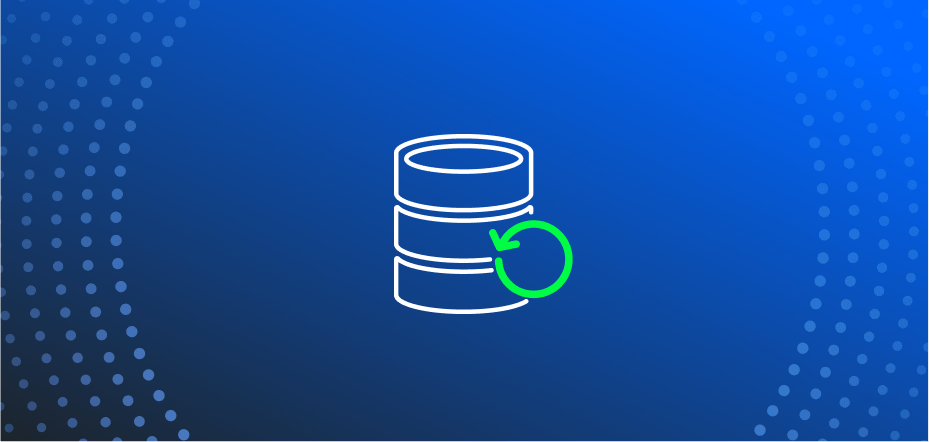The cloud market has grown tremendously over the last few years, and so has the adoption of cloud-managed databases, which makes sense. Cloud databases deliver simplicity, allowing businesses to access their data anywhere and scale as data volumes and complexity grow. However, as reliance on the cloud has increased, so has the demand for reliable protection.
And this is where our recent update comes in. In talking to customers, we realized that the backup method used by these vendors (i.e., snapshots) didn’t offer flexibility, granularity, and customizable retention timeframes, so we released AWS RDS Ingest. This release builds upon their current security capabilities by allowing users to keep data as long as they want, restore to the original RDS database instance, restore to an EC2 database instance, and back up their data to another cloud vendor.
Use cases for AWS RDS Ingest
So how can I use it?
There are several different use cases we can support with this update, including:
- Disaster recovery: Instead of leveraging snapshots only, we allow organizations to copy and store their data elsewhere (e.g., in Cohesity storage).
- Regulatory offsite backup: Now that the data is stored in another environment, it needs protection. We ensure that our out-of-tenant backup satisfies regulatory requirements.
- Archive copy: Organizations can make copies of their database backups into Cohesity immutable storage, which can be held long-term and protected against attacks.
- Revert to on-premises or IaaS: If they decide to keep it on-prem, they can move it back to an on-prem or IaaS Postgres Server.
- Alternate instance recovery: This allows organizations to recover to the same RDS instance, a new one, or a non-RDS instance, like EC2.
How AWS RDS Ingest works
The object policy schedule triggers a backup request by initiating an API call to back up an RDS PostgreSQL. The PostgreSQL sends the backup data to the SaaS connector, which dedupes it before writing it to the Cohesity Data Layer.
Watch the video below for a demonstration of how to use Cohesity DataProtect delivered as a service to recover a Postgres SQL database running on Amazon RDS to a self-managed database server.
Get started today
In an era of rising threats, Cohesity customers can gain additional data resilience, cyber resilience, and simplicity with the pay-as-you-go flexibility of an on-demand offering. Get qualified to start a free trial to take our solution for a test-drive.

















